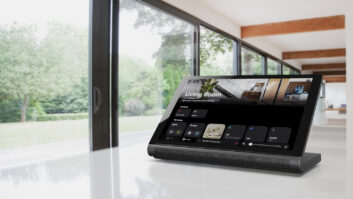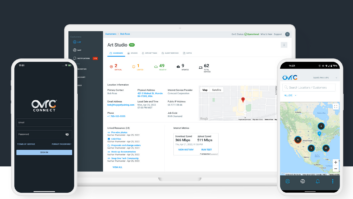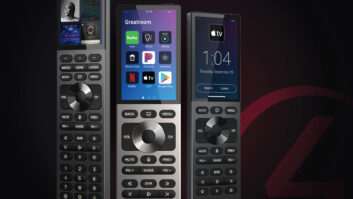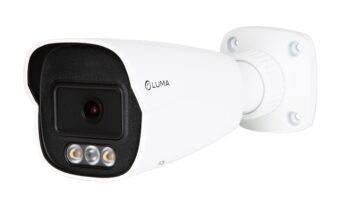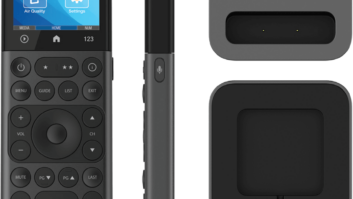Our Clients Deserve Intuitive Gui Designs For Their Systems
It’s safe to say that the world has changed. For all but the wealthiest of our clients, discretionary income has been replaced with a sort of “survival mode” financial strategy. Clearly the time has arrived when we are going to have to work a little harder to acquire new business, running our companies in smarter and leaner ways, with a clear focus on creating a stronger value proposition for our clients.
Faced with this reality, how do we successfully compete for these discretionary dollars? One important answer is to become more valuable to the people we serve. We need to create technology

Consider offering a simple, uncluttered-looking GUI that presents fewer choices per page, instead of more. experiences that provide not just added convenience, comfort, and prestige, but that also offer something that will be deeply appreciated and even “needed” by our clients.
So here’s the question: what is it, exactly, that we as integrators should be doing to elevate the solutions we offer from the status of “desirable” to “must have?” I would submit that the most fundamental and valuable benefit that we can provide for our clients is a technology experience that is simple, easy, and intuitive. Furthermore the user interfaces that we create are what ultimately determine our clients’ satisfaction with the finished installation. To our clients, the interface is the system, or put another way, the user interface is the user experience.
Unfortunately the development of highly intuitive user interfaces is not often at the top of the list for most integrators, as we tackle and manage the huge array of details and issues for these projects. It’s also true that creating a great UI is hard to do. Here are just two of the significant challenges involved:
#1: THE CURSE OF KNOWLEDGE
Simply because we do what we do, integrators possess an innate understanding of the systems that we install, and this can greatly affect how we end up designing our user interfaces. We use terms like “music sources” when our clients would logically more easily understand music “music choices.” Why use the term “zones” and not “rooms” or “areas?” Considering the demographics of most of our clients, doesn’t it make more sense to use the term “radio” instead of “tuner?” Integrators and manufacturers fall into these “terminology traps” when we design interfaces that we think are intuitive, based on our built-in and unconscious familiarity with these types of terms.
#2: WE ARE NOT APPLE
If you own an iPod or iPhone, then you have experienced what is arguably the best example of a simple, logical, and intuitive user interface experience available anywhere. It is now widely recognized that the success of these products is due in great measure to their user interfaces.
W hat makes one user interface better and more valuable than another has less to do with specific features or functionality, but more to do with the consumer’s experience of interacting with and using the device.
Obviously, none of us has the R&D

Richard Millson (richard. [email protected]) is president of Vancouver-based Millson Multimedia. budget of Apple to study and implement world-class UI design. But, we can learn from these examples and try to emulate the best design elements that they include. For instance, consider offering a simple, uncluttered-looking UI that presents fewer choices per page, instead of more. We should strive for uniformity in the placement of buttons, text fonts, and color pallet. To dismiss these elements as mere graphic design choices with no significant impact on the client’s opinion of the project is to miss the point entirely. Remember that our clients think of the touchpanel on the wall or the remote control in their hand as “the system;” it’s not the racks of equipment, wires in the walls, or lines of code in the control system.
I am issuing a challenge to integrators and manufacturers alike: Do everything that you can to create better, simpler, and more intuitive user interfaces for the systems that you build. If the user interface is the user experience, then the better the interface, the better the experience. Creating that simple and intuitive technology experience for our clients is one of the most important ways that we can increase our value in these challenging times.



